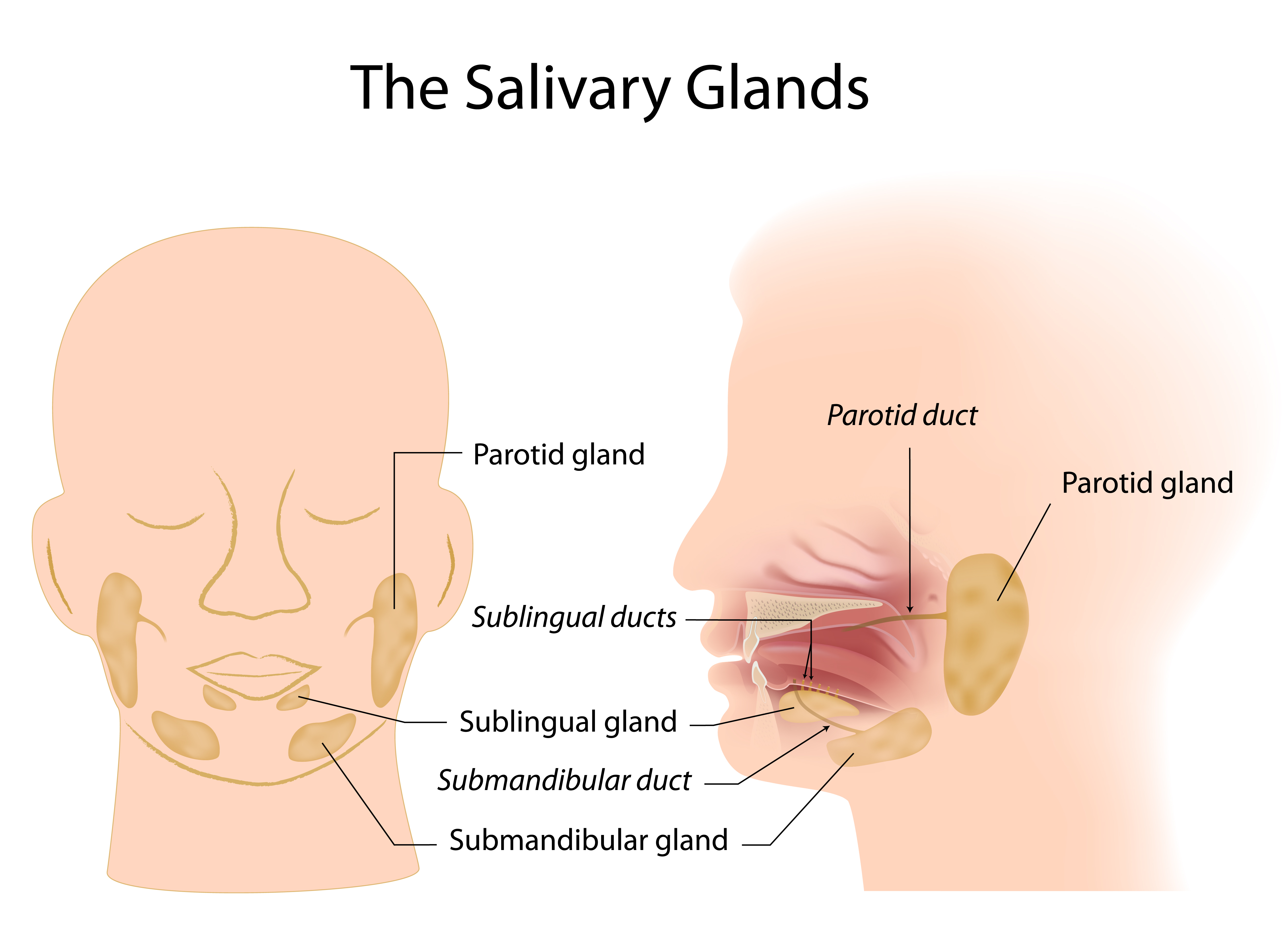Researchers to Biopsy Submandibular Gland in Living Patients to Identify Dementia with Lewy Bodies, Parkinson’s Disease

A biopsy of the submandibular gland — located beneath the floor of the mouth — has been proven effective in autopsies to diagnose Parkinson’s disease, but scientists are now studying it as a diagnostic tool during life to identify dementia with Lewy bodies, an often misdiagnosed condition.
It is also much less risky than a brain biopsy, which is highly accurate for diagnosis.
The research paper, “Prevalence of Submandibular Gland Synucleinopathy in Parkinson’s Disease, Dementia with Lewy Bodies and other Lewy Body Disorders,” was published in the Journal of Parkinson’s Disease.
Lewy body dementia (DLB) is an umbrella term that refers to both Parkinson’s disease dementia and dementia with Lewy bodies, and it affects about 1.4 million people in the U.S. alone, according to the Lewy Body Dementia association. Even though DLB is not a rare condition, it is often underdiagnosed, as its symptoms closely resemble other diseases such as Alzheimer’s and Parkinson’s.
Clinical misdiagnosis, especially at earlier disease stages, is a considerable problem in the development of specific and accurate new therapies for Lewy body disorders.
Previous research had shown, first in autopsies and then in biopsies, that analysis of the submandibular gland could identify the always-present Lewy-type α-synucleinopathy (LTS) in the brains of Parkinson’s patients. While this diagnostic ability had been shown for Parkinson’s, researchers were now able to extend the applicability of these studies to patients with DLB and other Lewy body disorders.
The study included immunohistochemical analysis of submandibular gland samples from 228 autopsied subjects from the Arizona Study of Aging and Neurodegenerative Disorders. The study analyzed 146 cases with central nervous system LTS, including 46 who had Parkinson’s disease, 28 who had DLB, 14 incidental Lewy body disease (ILBD), 33 Alzheimer’s disease with Lewy bodies (ADLB), and two with progressive supranuclear palsy and Lewy bodies (PSPLB). Controls included 79 normal older individuals, 15 with Alzheimer’s, 12 with PSP, two with conticobasal degeneration (CBD), and two with multiple system atrophy (MSA).
Alpha-synuclein pathology was found in 42 out of 47 (89 percent) of autopsies of individuals with Parkinson’s disease and 20 out of 28 (71 percent) of those with dementia with Lewy bodies, but none was found in the 110 control subjects.
“The low diagnostic accuracy, during life, for dementia with Lewy bodies, has made it difficult to conduct effective clinical trials of possibly helpful new drugs. With better diagnostic accuracy, clinical trials would have a higher chance of success and could be done more quickly and at lesser cost,” said lead investigator Dr. Thomas G. Beach, M.D., in a news release.
“The next step will be to do biopsies of the submandibular gland in living people with dementia with Lewy bodies to confirm these autopsy results,” Beach said.






